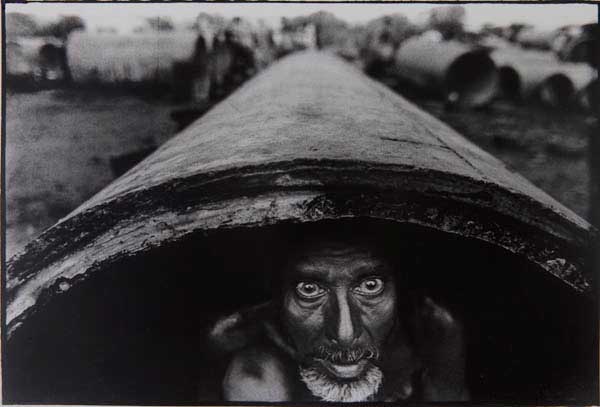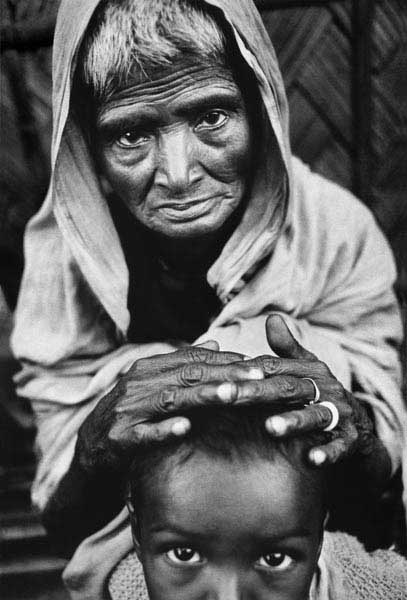(Editor’s introduction to “Birth Pangs of a Nation” produced to commemorate the 40th anniversary of the birth of Bangladesh and the 60 anniversary of the establishment of UNHCR.)
The Bangladeshi War of Liberation, like all other wars, has a contested history. The number killed, the number raped, the number displaced, are all figures that change depending upon who tells the story.

But in our attempt to be on the ?right side? of history, we often forget those who ended up on the wrong side. Those who have gone, those who were permanently scarred, mentally, physically, socially, don?t really care about our statistics. The eyes that stare into empty space, knowing not what they are searching, the frail legs, numbed by fatigue, drained by exhaustion, yet willed on by desperation, the wrinkled hands, seeking a familiar touch, a momentary shelter, longing for rest, do not care about the realpolitik of posturing superpowers.

Is a 40th anniversary more than a convenient round number in a never-ending cycle of the displacement of the weak? Is a 60th anniversary more than a celebration of a milestone amongst many, where brave men and women have stood by those in need, but watched in silence as the perpetrators of injustice continued in their violent ways, leaving them to deal with the fallout?

There are always choices to make in any editorial process. Sensitivities to watch out for. Strategies to adopt. An event that took place forty years ago, is living to many. The intention is not to ignite the pain of the past, but to find ways to heal. There are photographs in this book by some of the greatest war photographers of modern times. There are photographs by amateurs who tried with their cameras to record moments they had lived through. Some of the photographers became heroes, some have only recently been discovered. These were analogue days, and for Bangladeshi photographers finding film, processing, and preserving negatives, while under occupation and on the move, meant taking enormous risks. Their negatives are scarred from battle and bear the wounds of time. While images from well-known western agencies are pristine, some of the photographers have long since passed away. Those who are alive, remember the war as each experienced it, from a particular vantage point. Names are forgotten. Places are guessed at. Dates are approximations. In the case of a few iconic photographs where the moments are enshrined in history, we have been able to reconstruct the moment. Sometimes with the help of the photographer, and when the photographer has been missing through piecing together shards of scattered memories, fading documents, perhaps from fragments of a film. Gaps still remain. We have accepted these gaps in our collective memory and kept them as they were found. The wonders of Photoshop would have allowed us to simulate the well preserved negative, the pristine slide, even the modern day digital image, but we felt revealing the scars would be part of the act of remembering. An integral part of being a witness. So you see these images as they were found. The descriptions are as they were remembered. Poignant in some cases, scant in others, missing in the rest. As is the nature of history.

And the commemorative dates do have meaning. If only to remind us of how it was. If only to warn us that times haven?t really changed, if only by pointing to the scars of the dead, alert us to the pain of the living. If by remembering that many stood by, we even briefly stir an awakening conscience; if by recounting the horror that was, we unite in saying ?never again?; if by seeking solace we point a firm finger to the ones who inflicted pain, merely for political convenience; then the dates become more than milestones. They become a call for action.
Shahidul Alam
4th December 2011
Dhaka





Leave a Reply
You must be logged in to post a comment.